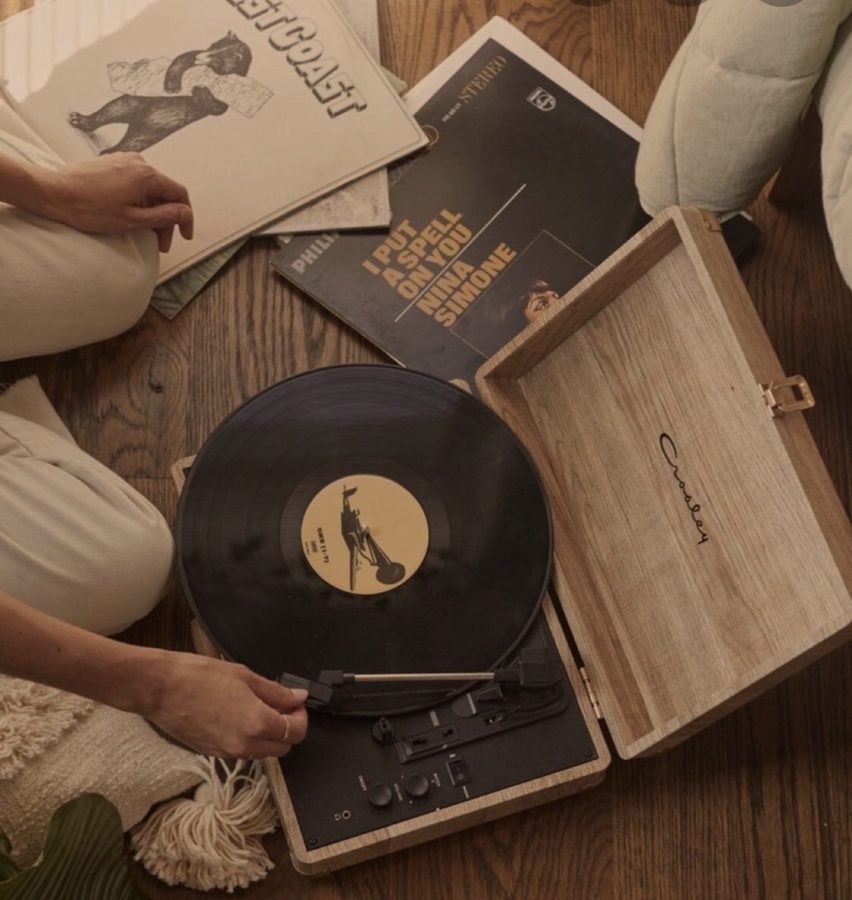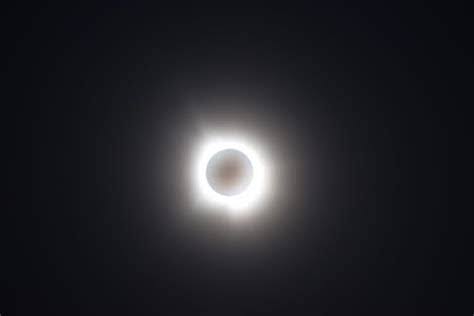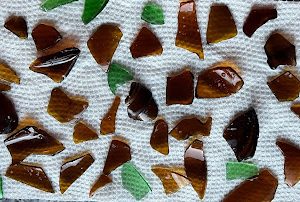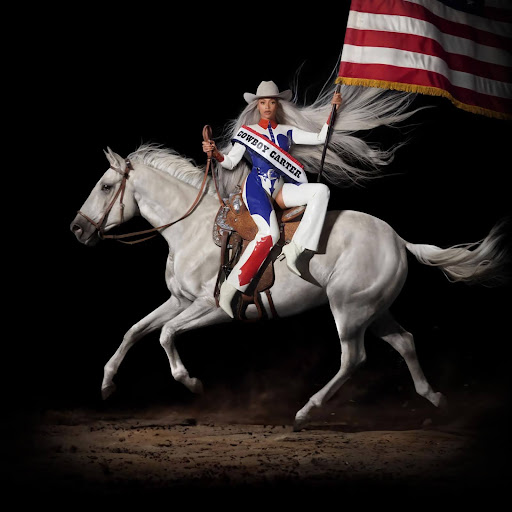How do Vinyl Records Work?
The other day I was in the mood to play the Once Upon a Time… in Hollywood soundtrack vinyl on my record. As I watched the record spin, I thought to myself: “How can music be played by a little needle running through the grooves of a plastic vinyl disc?” So, naturally, I researched how vinyl records work. This is what I found:
First off, sound waves, according to the Oxford Dictionary, are “a wave of compression and rarefaction, by which sound is propagated in an elastic medium such as air.” Sound waves are basically small particles that travel through a medium, like air, as they vibrate. The small particles then vibrate your eardrums, allowing your ears to process sound.
The first recording of sound was by Thomas Edison in 1877. According to What is Vinyl: “This device wasn’t a vinyl record, but the cylinders used for the purpose were played on a phonograph. A few decades later, Emile Berliner developed the phonograph record disc, marking the transition from music cylinders to records. These flat discs had a spiral groove running from the edges towards the center, but they were hard to mass-produce. The real revolution happened in 1948 when the first vinyl records were introduced. Their main advantage was the easy production method which allowed producers to sell hundreds, if not thousands, of copies. Alongside records, the record player also evolved from a phonograph and gramophone into a turntable.”
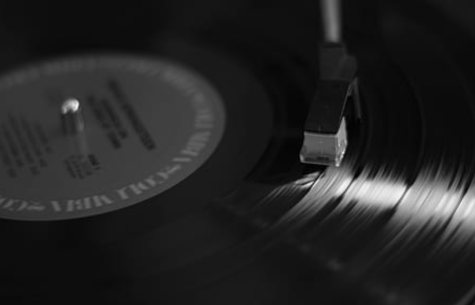
A vinyl record is composed of grooves of varying sizes. Each record has different groove patterns like how each person has a different fingerprint or how snowflakes are composed of different designs.
Vinyl records are produced when the desired mixed sound is played within a record-cutting lathe. A needle then processes the soundwaves produced by the mixed sound and etches grooves into a lacquer disc. According to BBC Earth Lab: “The depth of those grooves, representing the shape of the sound waves… That lacquer copy is then used to make a Stamper. A Perfect negative image of the record is made of metal with ridges instead of grooves, and then the Stamper is loaded into a hydraulic record press, pushed into soft vinyl…Then that becomes the record itself.”
The stylus of a turntable, or record player, consists of a needle that has a small industrial-made diamond that reads the grooves of the vinyl. As a record spins, the needle reads the grooves or the image of the sound waves. When the record spins, the needle moves, which in return also moves a magnet and a coiled wire. The moving magnet and wire is a “fluctuating electric current.” The currents are then transferred to the cartridge which turns the currents into kinetic energy. This in turn is then sent to the amplifier that turns the energy into the original sound that was recorded on a record. The amplifier transfers the sound to the speakers, producing the sound that we hear when a record spins. And that is the less complicated version of how vinyl records and turntables work. Now back to Once Upon A Time… in Hollywood soundtrack…
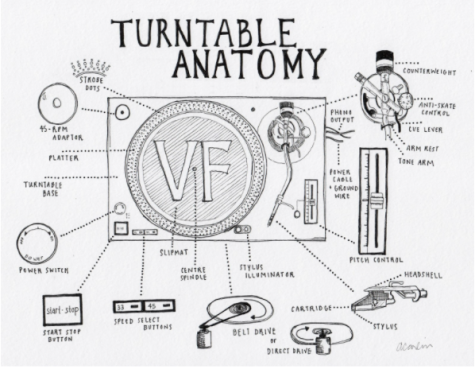
Abbie Lindblad ’24, Arts & Entertainment Editor
24alindblad@montroseschool.org

